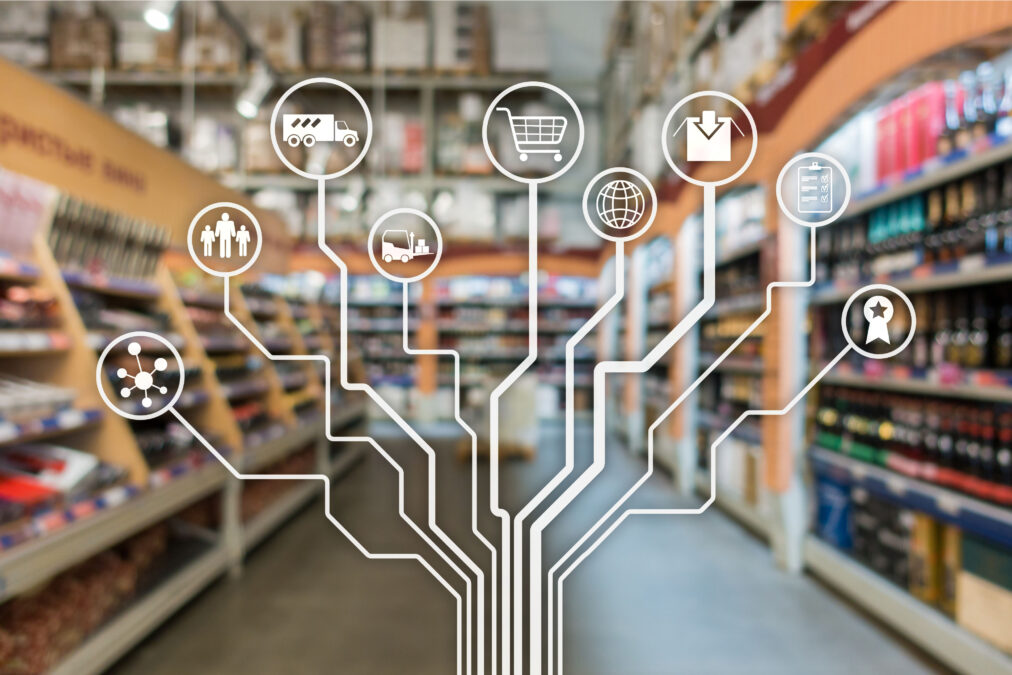Since the first secure online purchase 20 years ago, retailers have come a long way in their use of technology to provide an efficient service and meet the ever-increasing demands and expectations of their customers.
Today’s shopper expects to be able to use a number of mediums to interact with a retailer and make a purchase – be it browse in-store or online, make a “click and collect” order to pick up at their convenience or have their weekly shop delivered to their home.
All of this must happen seamlessly as any breaks in the purchasing chain or inability to interact with a retailer leaves the organisation in question subject to immediate criticism viewed by millions via social media channels that has the potential to go viral if not handled effectively.
>See also: Digital transformation: how banks are cashing in
It is therefore imperative that any new technology application or upgrade is set up for success with seamless integration and operation from the start. Despite the opportunities that can be realised through technology, it can also give supermarkets nowhere to hide if it all goes wrong.
With online sales continuing to soar, the fast pace of technology change within the industry has caught out some of the established supermarket retailers, with many needing to rapidly rethink their business models to keep up.
The arrival of Amazon’s grocery business in Europe will only exacerbate this with the retail giant trying to steal a share of the online grocery market predicted to be worth £17bn by 2019, according to food and grocery research company IGD.
This could have a huge impact on retailers, with many looking to focus on fulfilling online orders rather than putting more resource into the high street.
Black Friday and Cyber Monday have become commonplace in the UK retail market, putting added pressure on infrastructures to deliver a slick multi-channel experience. During Black Friday last year, the Currys website struggled with the additional demand, with widespread reports of customers being forced to wait in a virtual queue for up to an hour.
This potential shift in model could have disastrous results for those players who do not have the technology infrastructure or management processes in place to deal with the change.
Indeed, supermarket giant Morrisons recently admitted that it had been held back by its “antiquated” IT infrastructure, while Tesco announced plans in early 2014 to migrate to a single global network to enable it to roll out new technologies and services more quickly and effectively in the future.
CIOs must realise the bigger picture and introduce change in the right way, or risk relying on overly complex systems and processes that could result in an inability to keep up with the pace of IT change.
Omnichannel strategies of today have certainly put pressures on existing systems and it is only set to continue. In this fast -aced scenario, the legacy IT systems of yesterday are just not up to the demands of today or set-up to adapt to those of tomorrow.
Many are relying on middleware as an alternative to replacing legacy systems in a bid to adapt quickly and keep up with budget and time constraints. However, by taking this hand-to-mouth approach, cracks can appear, as the business objective of speed to market is often prioritised to the detriment of the IT department’s ability to undertake the appropriate due diligence and testing.
Despite peaks and troughs in technology change within the sector, change should be seen as constant. Each project should be undertaken with the same due diligence as another, for a smooth transition and outcome.
In order to update legacy systems and mitigate the risks, a stringent quality regime needs to be at the heart of the process. Senior management need to be working closely with the IT team to instill confidence in the change that needs to take place and deliver a glitch-free solution.
>See also: Why most digital transformation programmes are doomed from the start
When it comes to the future of legacy systems, there are typically two extremes: it either has a limited lifetime or no change is required; or it forms a key part of the strategy.
In this first scenario, the legacy system is either expected to be retired reasonably soon due to outdated functionality, or the business can survive without changing the legacy system for the foreseeable future.
In the second case, the legacy system needs to be replaced because, if it forms a key part of the future strategy, obsolescence is a genuine risk.
In either case, when change happens, supermarkets will need to undertake it with appropriate due diligence or risk damaging supplier and customer relationships.
Sourced from Cindy Truyens, SQS










